Building an Python Enterprise Application Ecommerce Platform using Python as the main programming language can be very interesting and fast process. The Post talks about various stages and parts of an application and explains about How to build Python Enterprise Application along with usage of other languages and opens source to start your business.
Startups trying to get their tech ready can also get help from this post, as it explains how to use various languages to solve one problem. Which is getting your tech started fast.
Key Parts of your Python Enterprise Application or Ecommerce Application
- Admin Console
- Admin panel / Admin Console
- Get modules registered here, don’t focus on making it beautiful. It should work in best way, as it will be accessed by internal team.
- You can always work in your spare time to beautify it.
- Admin panel / Admin Console
- Supplier / Vendor Dashboard
- Try building Multi Tenant REST API for vendors
- Registering vendors
- Managing vendors by admin
- Providing service / product management to the vendors
- Maintaining vendors transaction
- Maintaining accounting of vendors
- Try building Multi Tenant REST API for vendors
- Final Customer Dashboard
- Try building Multi Tenant REST API for customers
- Registering customers
- Managing customers by admin
- Verification processes like OTP, email etc
- Providing services availed management i.e dashboard
- Try building Multi Tenant REST API for customers
- Customer facing / Website:
- It should be CMS based website
- you can use WordPress for this. It is open source
- OR
- You can get CMS based website done in Python Django too
How to build Python Enterprise Application, An Important Note
- Rather then building application. Ask tech to create API based system.
- Especially for Vendor and Customer.
- Website can be a WordPress.
In later phase you might want to create ecommerce platform into this to sell products
- If yes simply go for WordPress with WooCommerce
- So, you will have to do this as following
- Start a WordPress site
- Install WooCommerce
- Make this an ecommerce site, upload products
- The website is ready
- This will have everything inside it.
- Products,
- Categories,
- Stocks management,
- Live search
- Coupon / discount codes
- Order status management system
- CMS Pages editor
- Sales Analytics and Reports
- Multi-language and multi-currency support with easy to manage translations.
Now you will want to get this in mobile app too.
- So WooCommerce provides REST API endpoints, the developer will be required to hit the API endpoints and consume it in the existing mobile app.
What Platforms to use for Frontend?
- You can go with mixed platform mentioned above
- Nowadays React, Angular & Vue js
- This can also be done using php
- You can also go with Django and Rails
What Platforms to use for backend?
- Python Django, Ruby on Rails
- PHP can also work
Have a fresh technology stack that will be easy to maintain and customize in response to the needs of your clients.
- Solid, developed, and documented API is a must-have.
- Possible PWA Support
In simple words, it needs to be a future-ready platform following the latest architectural and technology trends.
Technical Range: Difficult
This part of document a tech guy will understand better so the range is mentioned as difficult
There are three different ways to store data for multiple tenants:
- One database per tenant
- One schema per tenant
- The same table(s) for all tenants
My Choice would be
- one schema per tenant solution
- which will have a stable release cycle
Pick The Right Development Team
- To efficiently build this kind of project you need a solid team composite of:
- React JS Developer – to integrate API with Front facing website / app front
- UI React Developer – to build the user interface of the Front facing website / app front
- Python & Django Developer OR php (if using php)
- DevOps – for setting up the test, stage and production environments
- Project Manager
- QA
Things to take care while making a technology startup
- Start design and initial development work at the same time
Your goal is to go to market fast, and the easy trick is to have multiple teams working at the same time.
Design Phase: UX & UI Design
Initial Development: basic configuration of platform, setting up development environments, setting up servers’ infrastructure, multitenancy investigation & implementation.
Timeline
If you have well-described requirements, you should have all designs ready in three weeks.
Initial development works (setting up the project, infrastructure, and adding multitenancy to the platform). This may take some time but can be done in 6 – 9 weeks (along with multitenancy investigation & implementation)
- Prepare the Admin Console, but don’t care about its look
The admin console is a tool for you and your future support team; it doesn’t need to look well and work on multiple devices – it just needs to work. You will usually be using your desktop computer to manage it.
Timeline
You can start working on the Admin Console almost at the beginning of the project. Works shouldn’t take more than 3 weeks.
- Implement the web front using API created
Timeline
The storefront part is the most time-consuming. It’s the application that your final customer sees. It needs to work correctly. You need around six weeks to work on it. Alternatively, you can use some UI kit that might reduce the implementation time
- Customize Vendor / Supplier and Customer Dashboard
Preparing a bespoke Dashboard is something that you can do later. For the MVP just grab the initial admin area of the platform and customize it a bit
Timeline
Give it two weeks extra
Distribute team in 3 Division
- For API
- For Frontend Customer Facing (your website etc.)
- For Backend Vendor facing (supplier dashboard)
- For backend Customer facing (Customer Dashboard)
for Custom Django Application and Ecommerce Application Contact Us.
Want to learn more about our Concept of Digital Personality
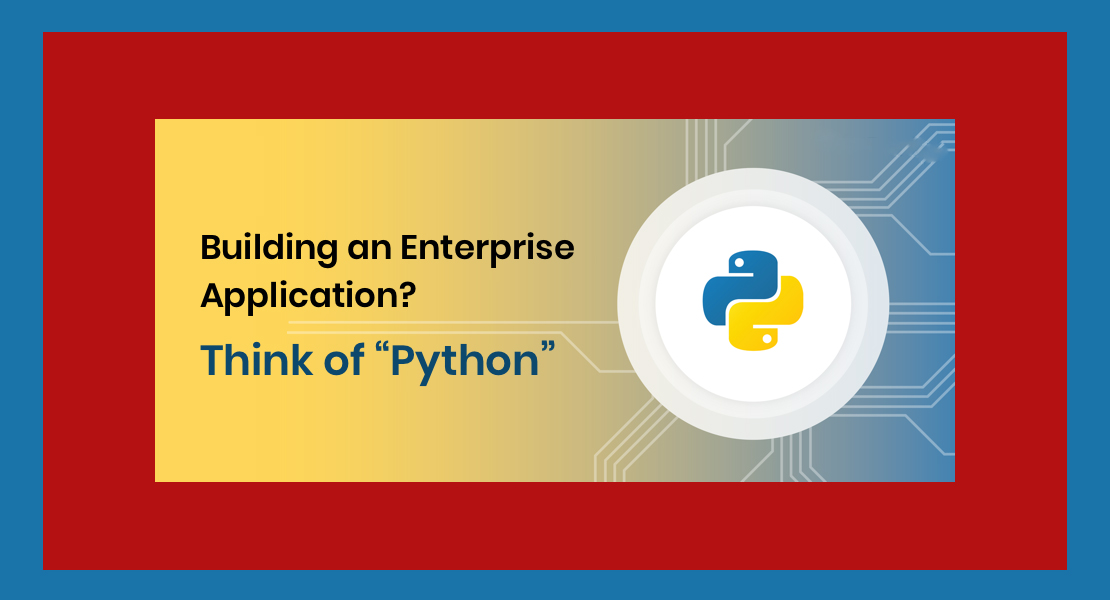
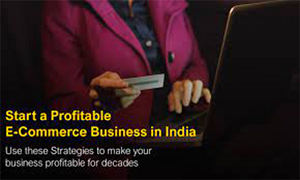
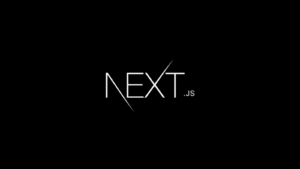

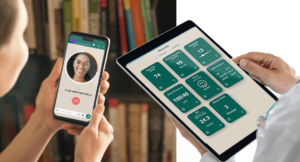

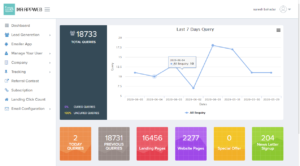
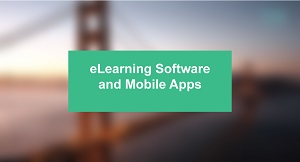
Be First to Comment